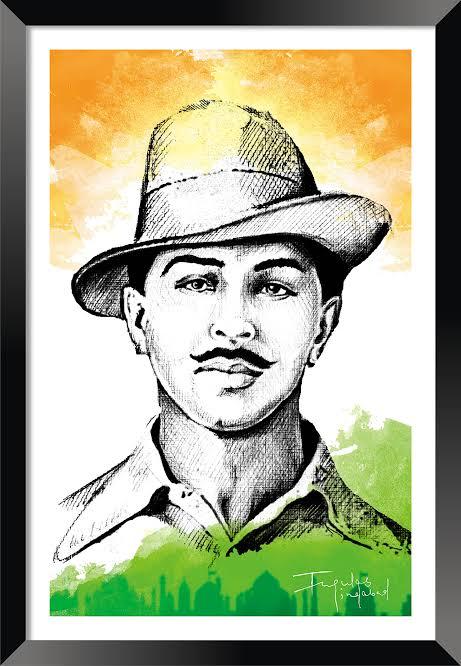Bhagat Singh read many articles about the European nationalist movements. Hence he was very much inspired by the same in 1925. He founded the Naujavan Bharat Sabha for his national movement. Later he joined the Hindustan Republican Association where he came in contact with a number of prominent revolutionaries like Sukhdev, Rajguru and Chandrashekhar Azad.He also began contributing articles for the Kirti Kisan Party’s magazine. Although his parents wanted him to marry at that time, he rejected this proposal. He said to them that he wanted to dedicate his life to the freedom struggle completely.Due to this involvement in various revolutionary activities, he became a person of interest for the British police. Hence police arrested him in May 1927. After a few months, he was released from the jail and again he involved himself in writing revolutionary articles for newspapers.
*The Turning Point for Bhagat Singh:*
The British government held the Simon Commission in 1928 to discuss autonomy for the Indians. But It was boycotted by several political organizations because this commission did not include any Indian representative.Lala Lajpat Rai protested against the same and lead a procession and march towards the Lahore station. Police used the Lathi charge to control the mob. Because of Lathi charge police brutally hit the protestors. Lala Lajpat Rai got seriously injured and he was hospitalized. After few weeks Lala Ji became shaheed.This incident left Bhagat Singh enraged and therefore he planned to take revenge of Lala Ji’s death. Hence, he killed British police officer John P. Saunders soon after. Later he and his associates bombed the Central Legislative Assembly in Delhi. Police arrested them, and Bhagat Singh confessed his involvement in the incident.During the trial period, Bhagat Singh led a hunger strike in the prison. He and his co-conspirators, Rajguru and Sukhdev were executed on the 23rd of March 1931.

